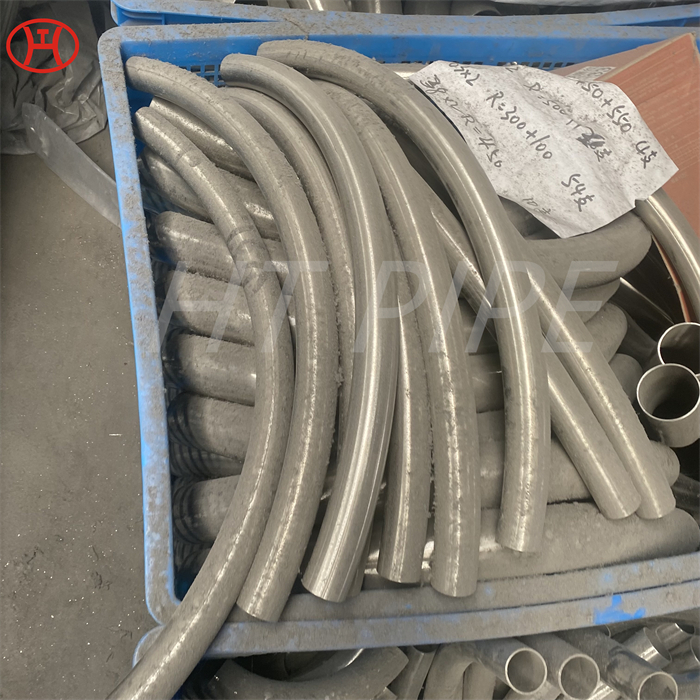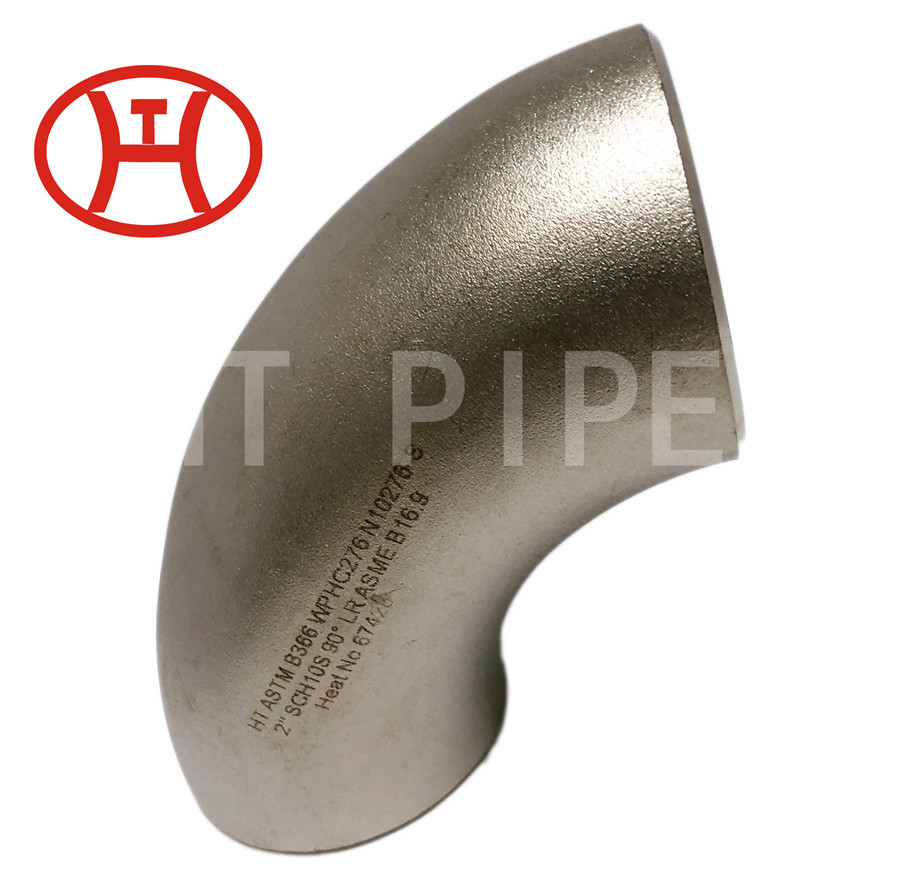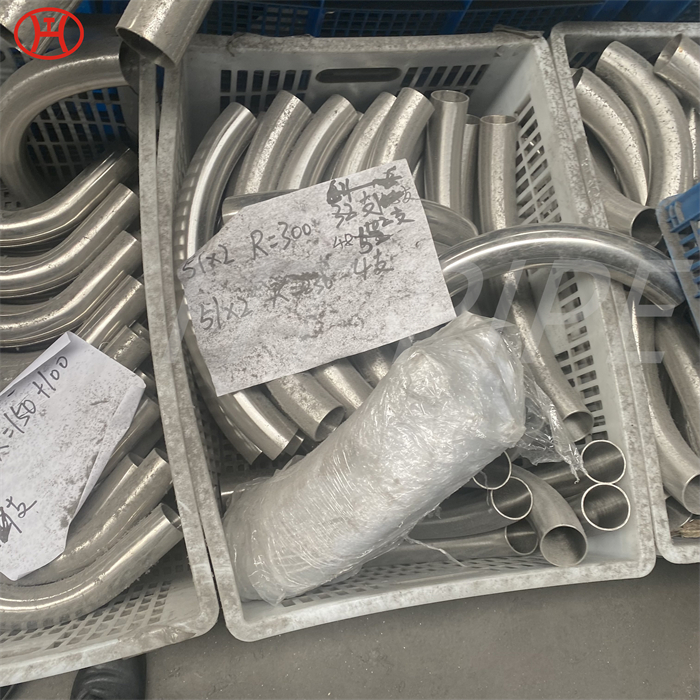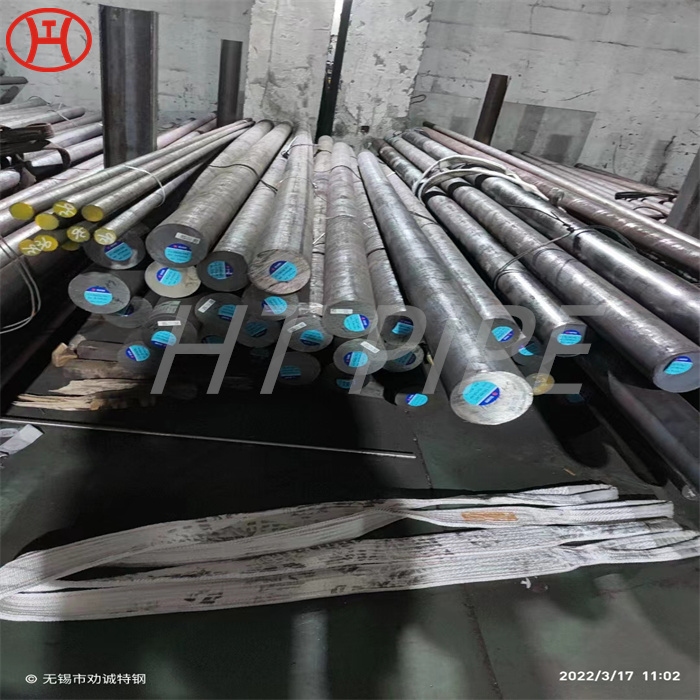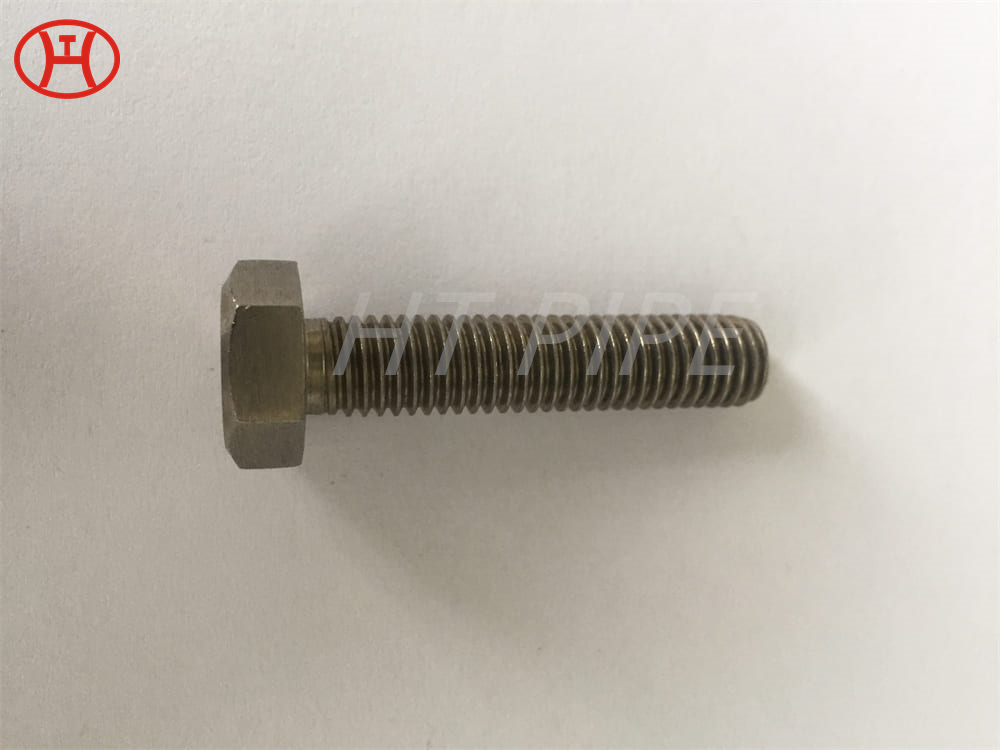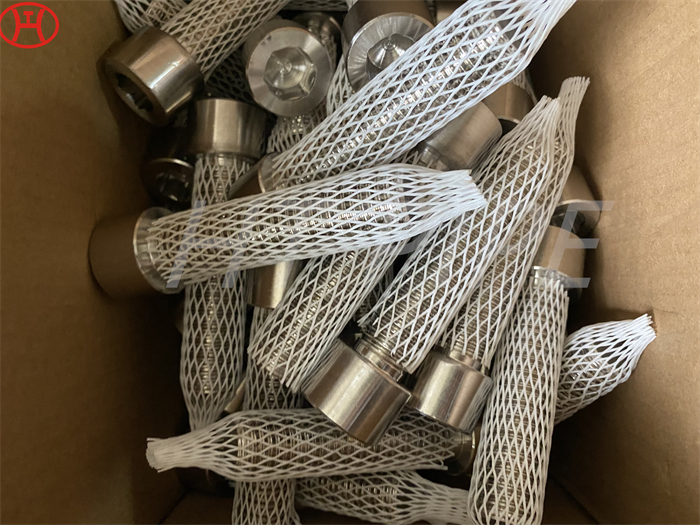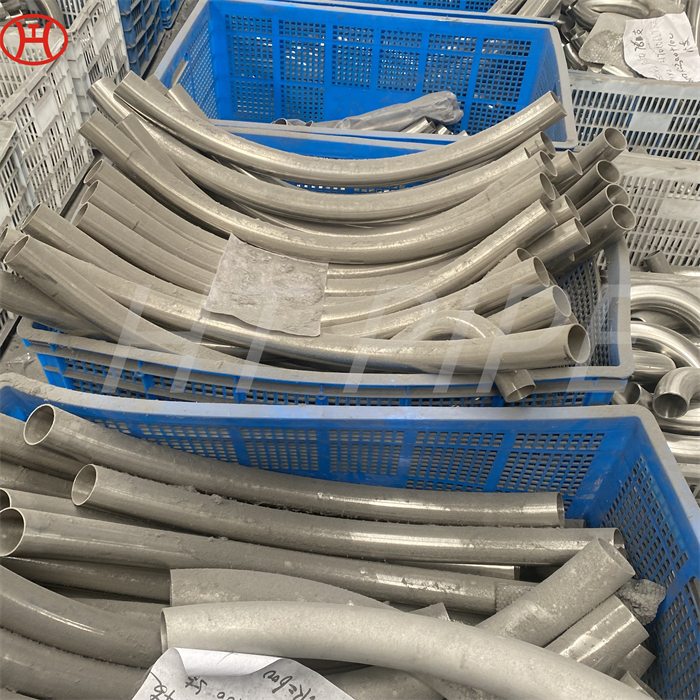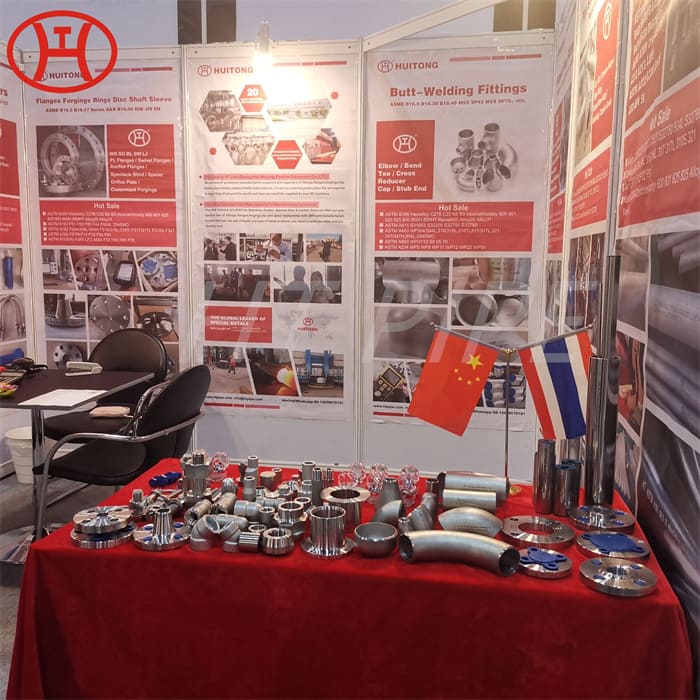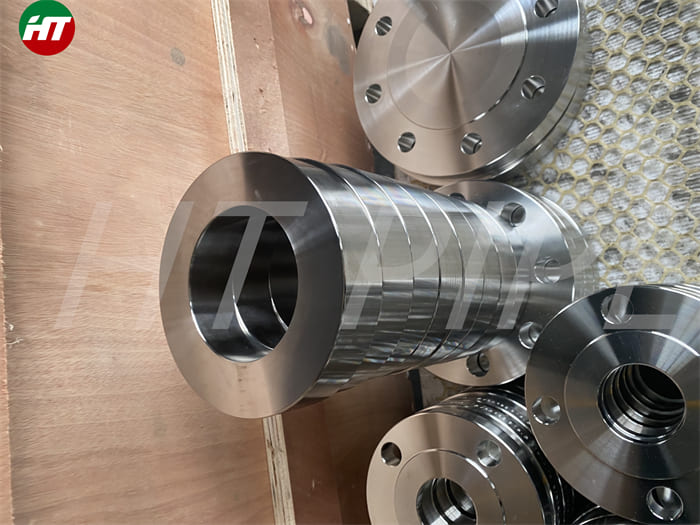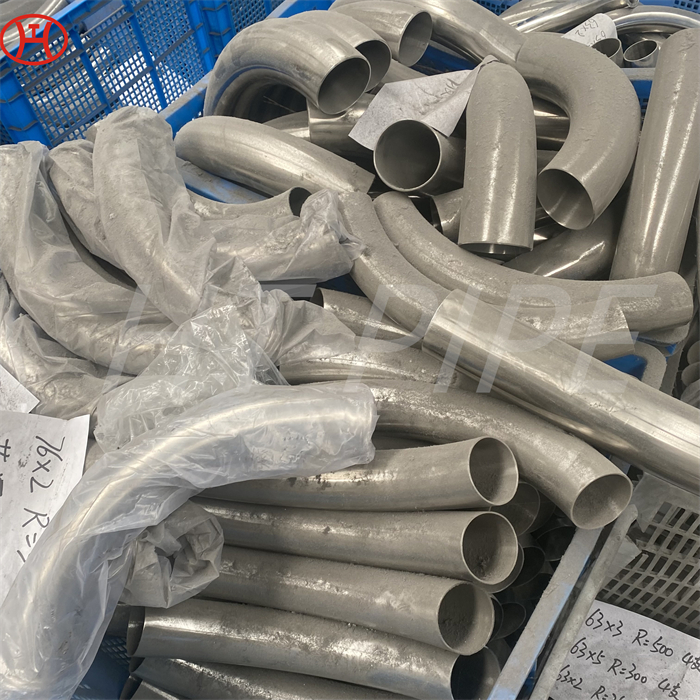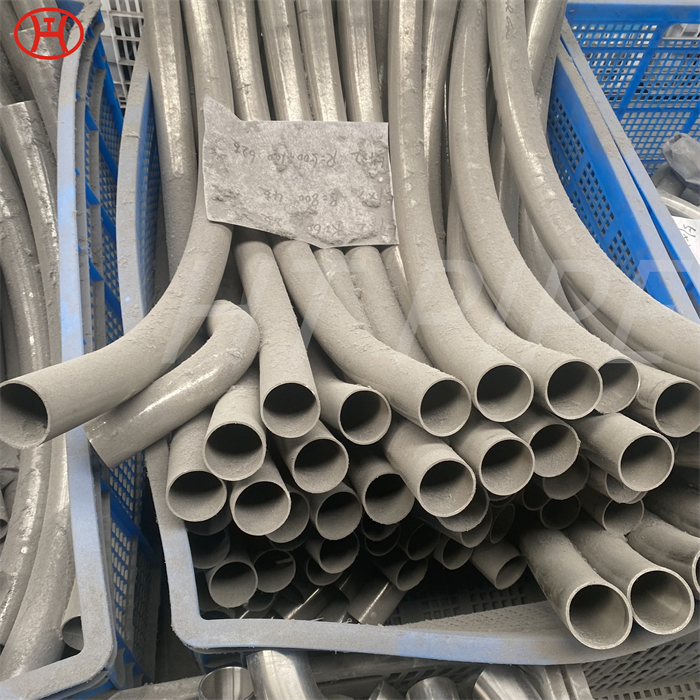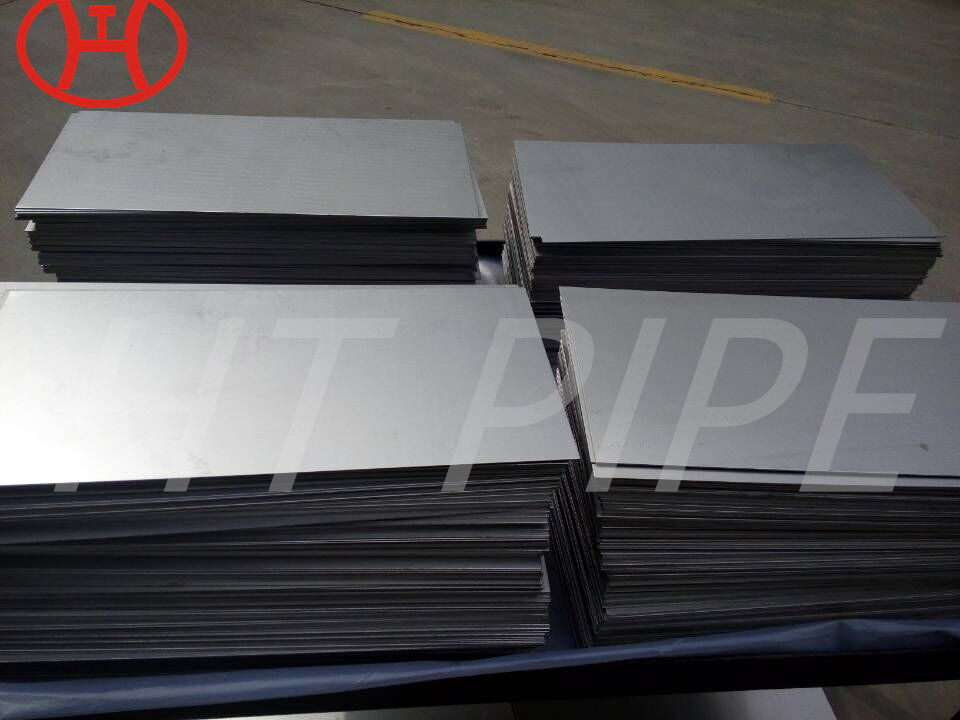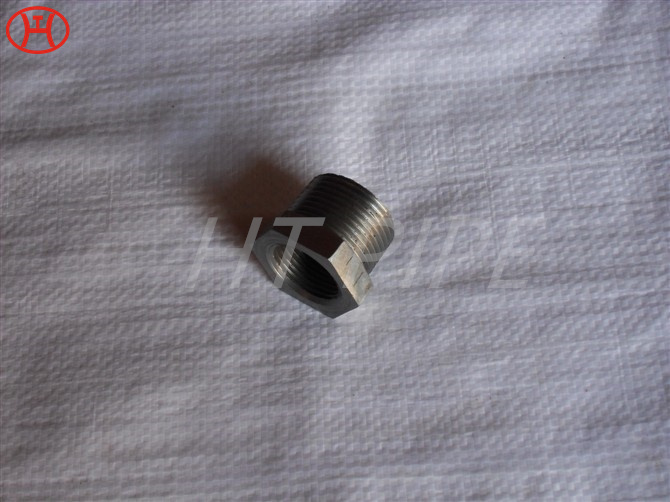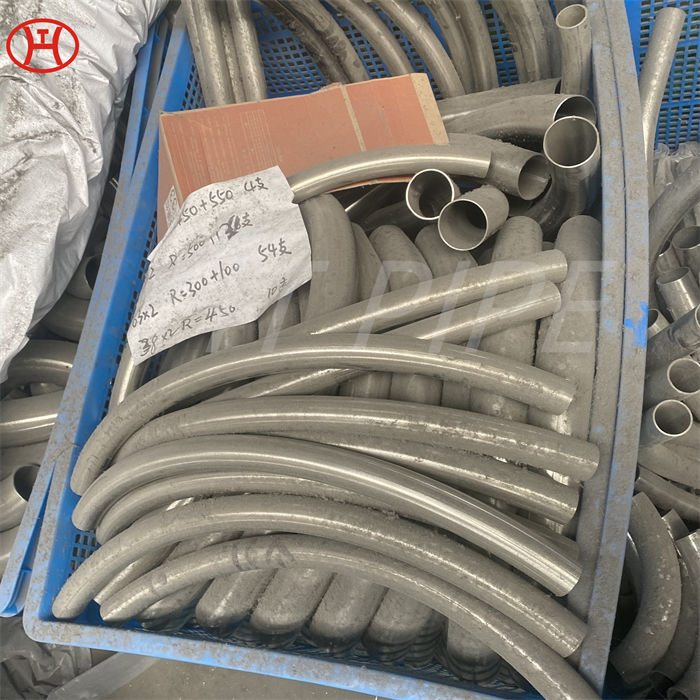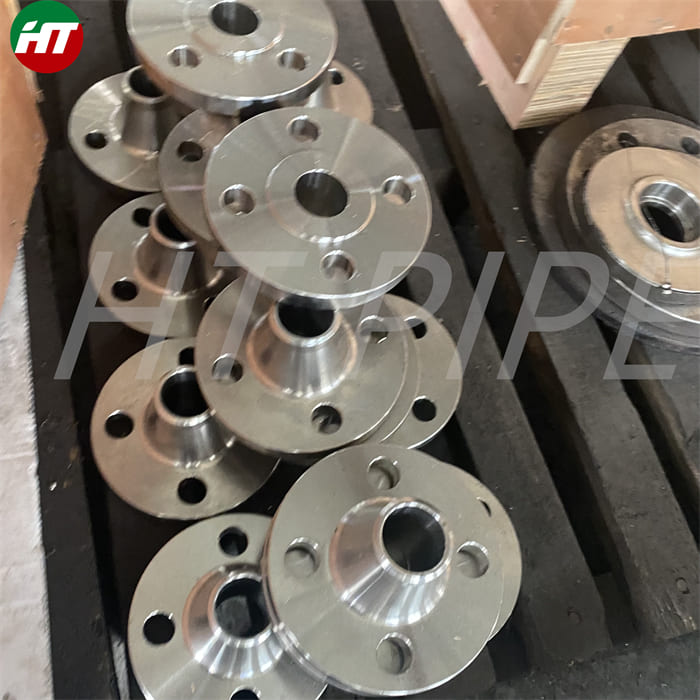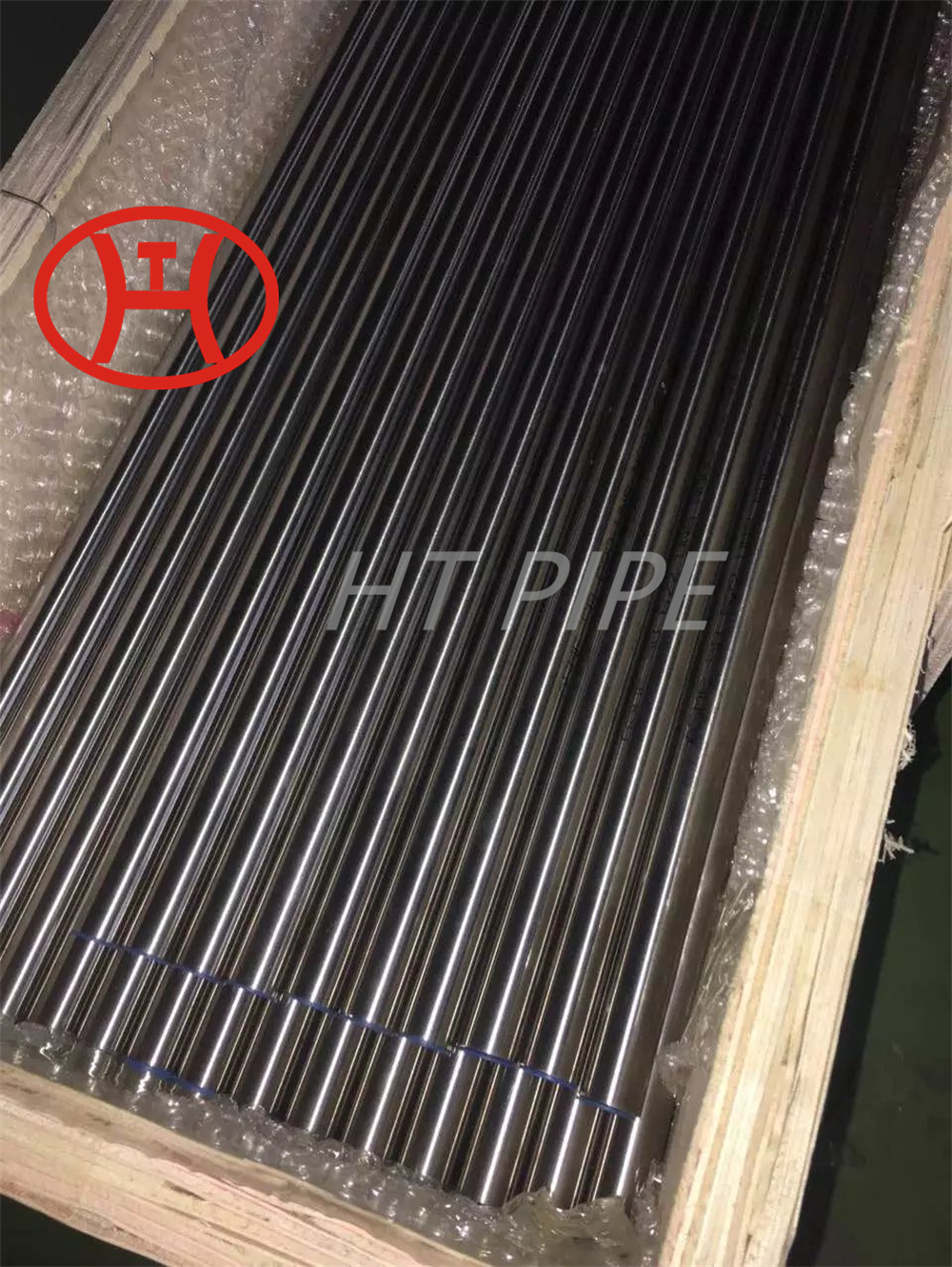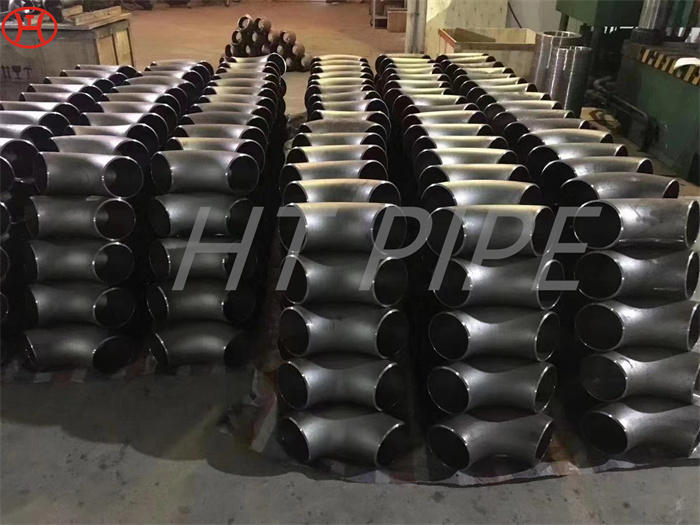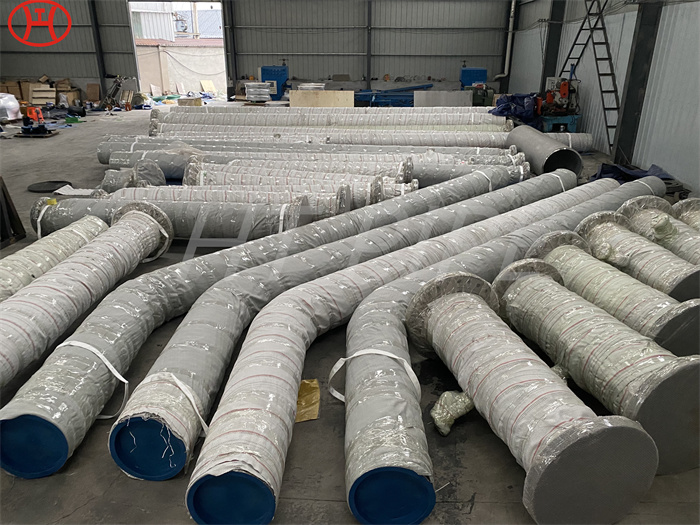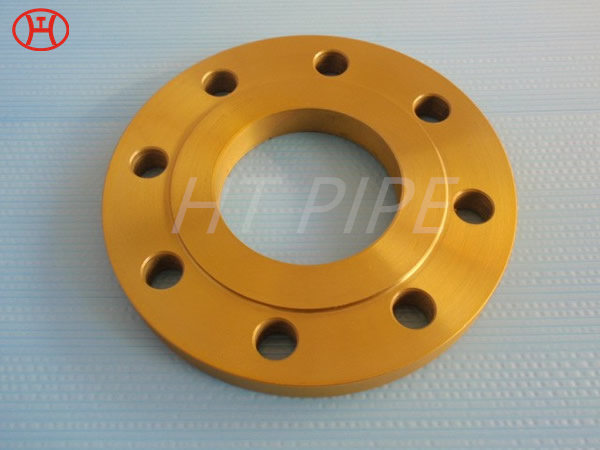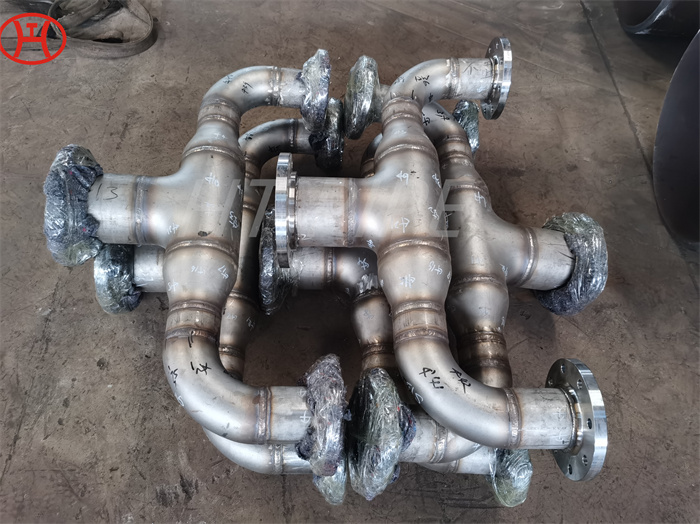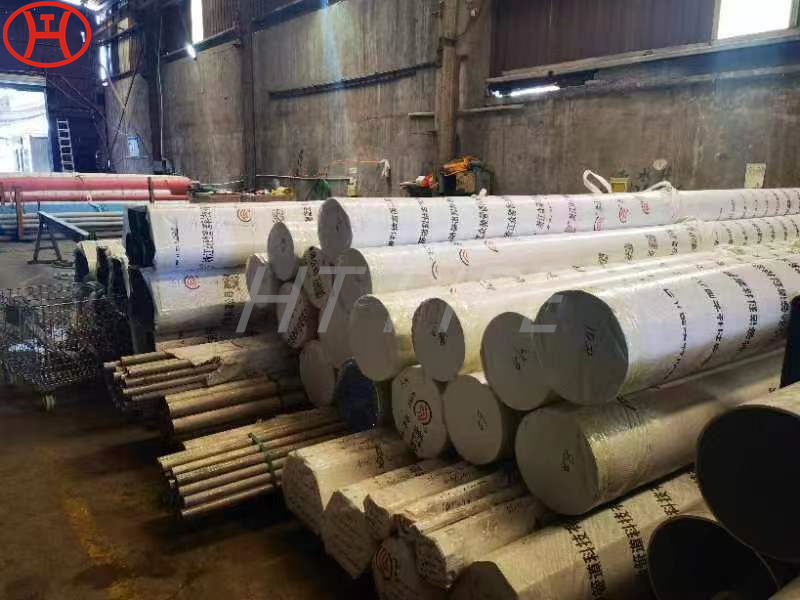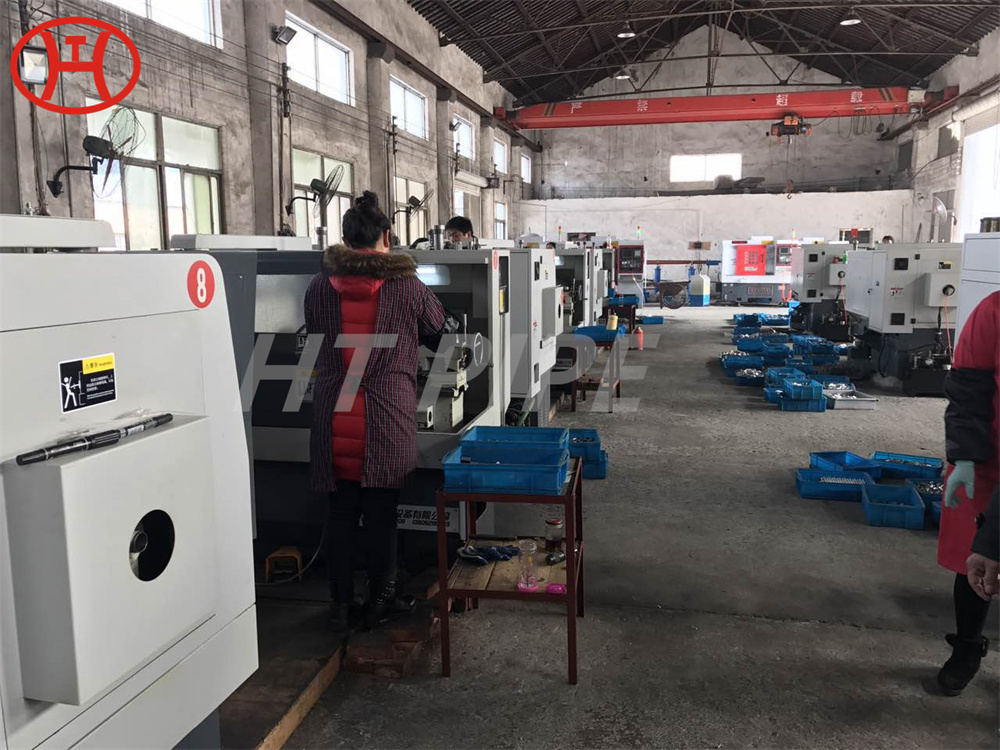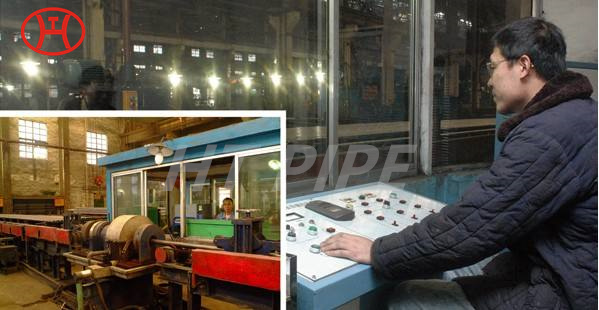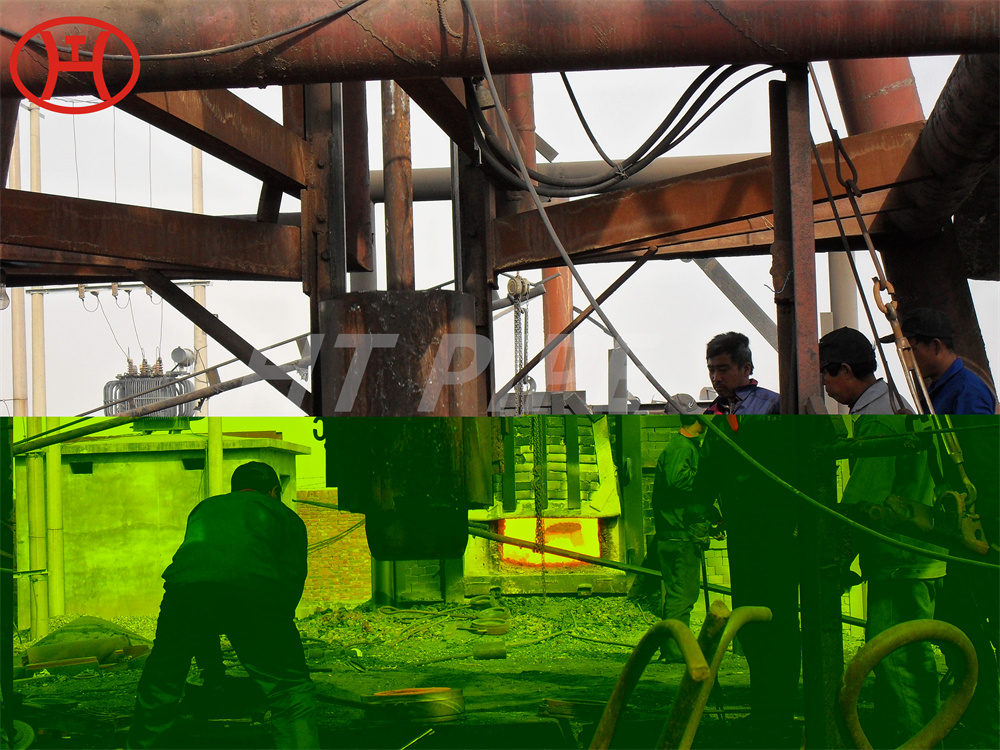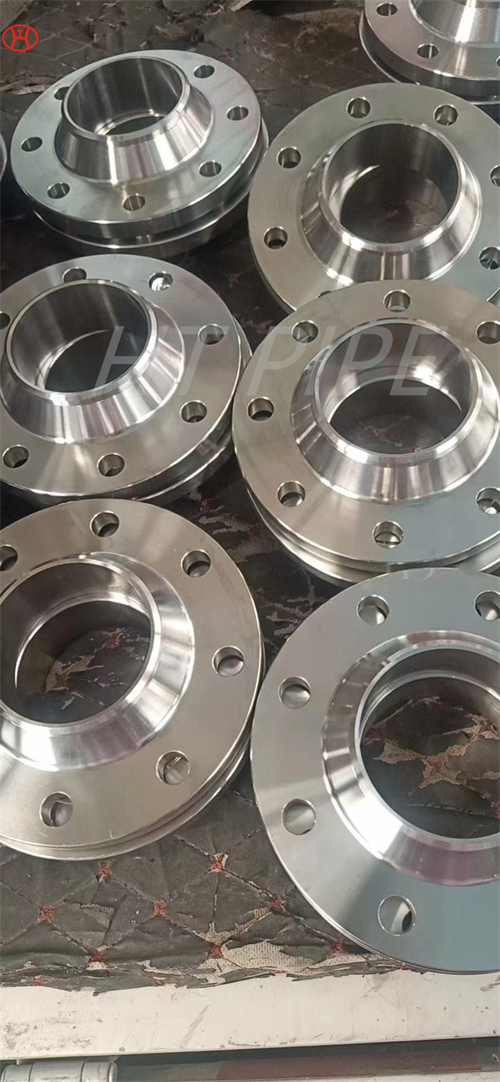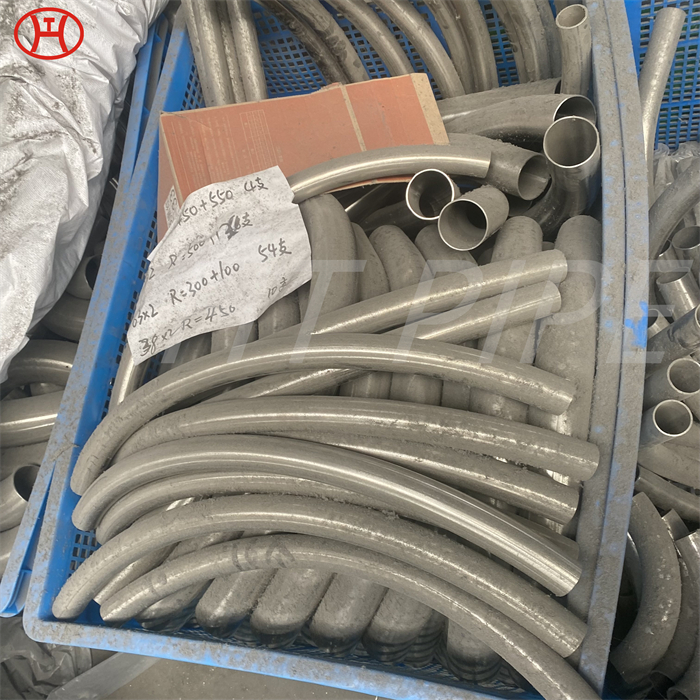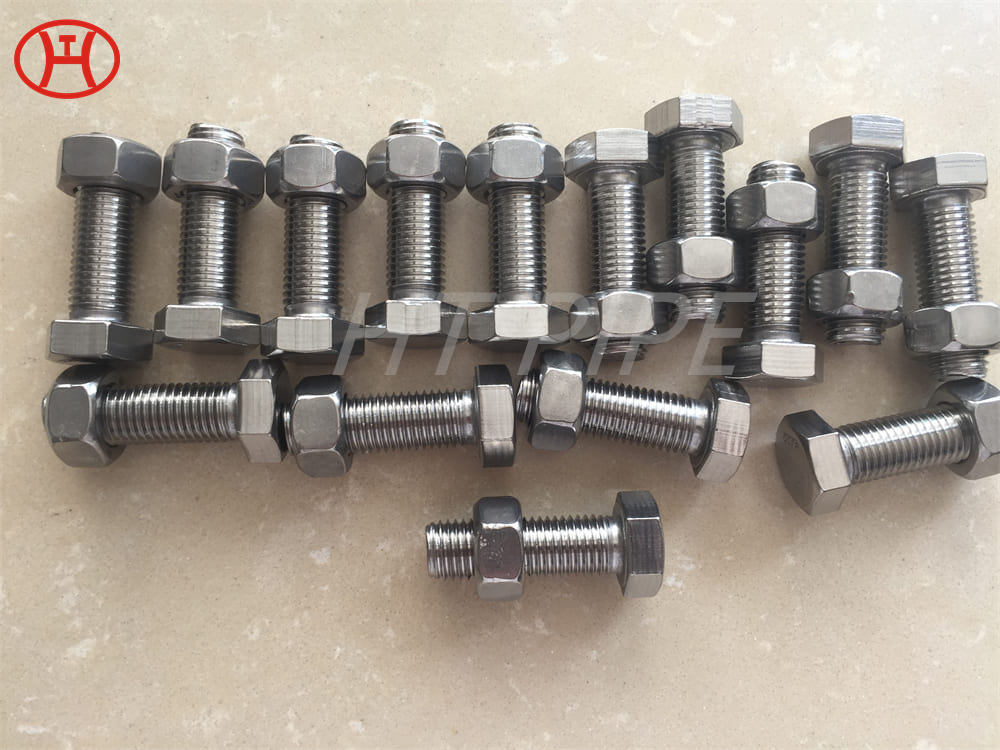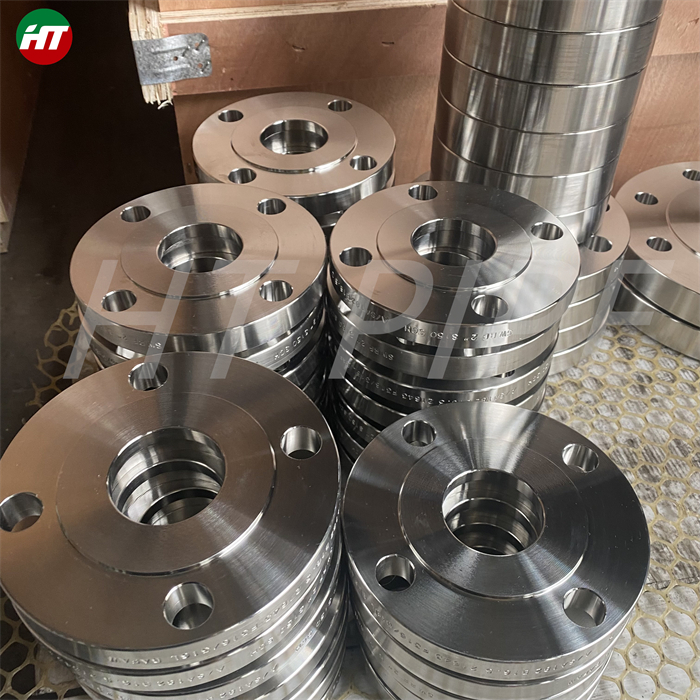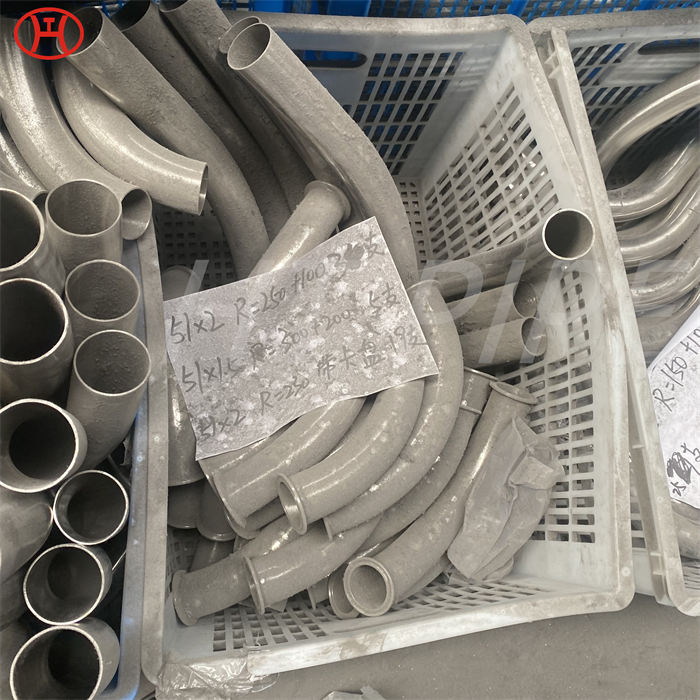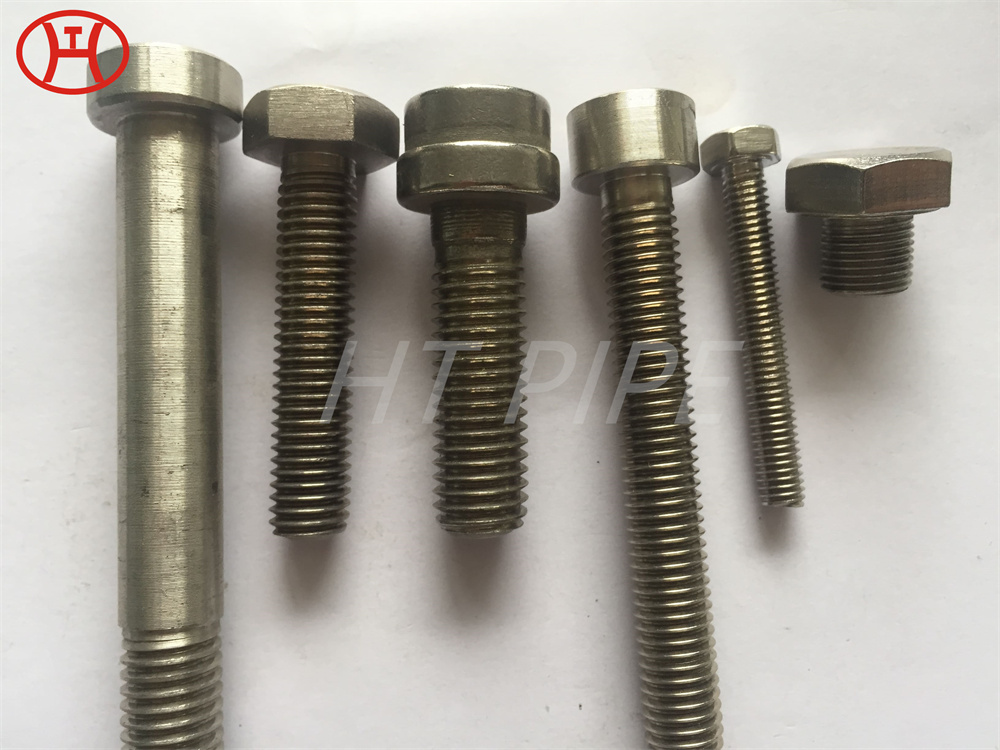Hastelloy X pipe bend UNS N06002 pipe fittings for Industrial furnaces and Heat treating equipment
AMS 5754 pipe bend has no yield or tensile strength requirements, but it does require a hardness maximum and stress rupture minimums.
Gas turbine engines use ASTM B435 Hastelloy X Cold Rolled pipe bends for flame holders, spray bars, transition ducts, combustor cans and other combustion-related parts. It can perform well under high temperatures and pressures with very high corrosion resistance properties. The material is suitable for welding and forming operations under normal conditions. Its corrosion resistance also make it an excellent candidate for applications in petrochemical and energy generation applications, such as transition duct, combustor cans, afterburners, and spray bars. It is suitable for use in applications at temperature limits about 1200oC or 2200oF. Alloy X pipe bend has high magnitudes of chromium, nickel and molybdenum that offer excellent corrosion resistance properties similar to high nickel alloys more commonly in corrosion applications.

